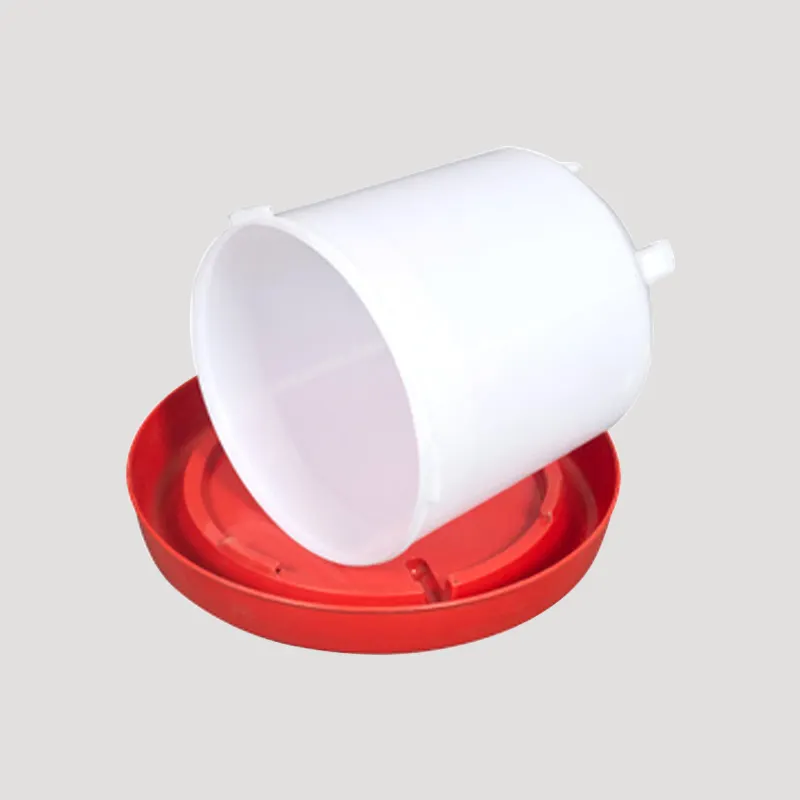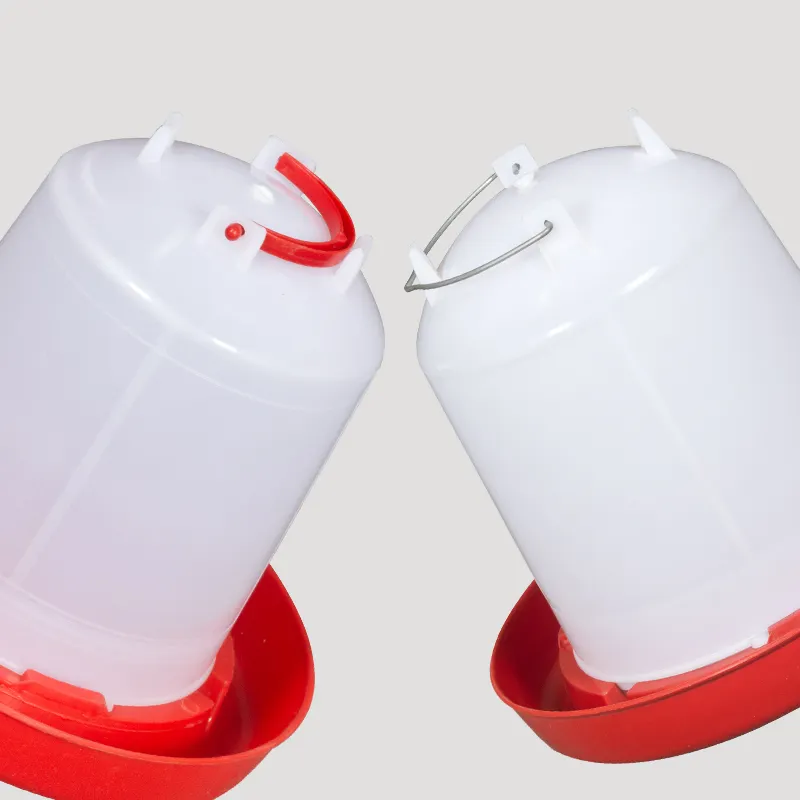Enhancing Farm Productivity Through Systematic Feeding Infrastructure
Large-scale poultry operations require more than just labor and feed. The backbone of a successful farm lies in the infrastructure that supports efficient, clean, and cost-effective feeding processes. Among these, Chicken Feeding Systems are central to streamlining operations, cutting waste, and boosting productivity. When thoughtfully implemented, these systems enable consistent feed delivery and maintain the health and growth trajectory of the poultry population.
A modern Chicken Feeding System is not merely a mechanical setup but a strategic investment that aligns with the dynamics of large-scale poultry farming. Its design, automation, adaptability, and maintenance directly influence both short-term output and long-term profitability.
Core Characteristics of Efficient Feeding Systems
Precision Feed Distribution
Chicken Feeding Systems that are designed with precision in mind help in the uniform distribution of feed across all feeders. This uniformity ensures that every bird has equal access to feed, preventing both overcrowding and malnutrition. Moreover, by reducing the competition for food, these systems contribute to a less stressful environment for the chickens, which is crucial for optimal growth and egg production.
Precision is also key to minimizing wastage. Inaccurate dispensing often leads to excess feed falling outside the designated area, increasing both feed costs and the likelihood of pest attraction. High-precision Chicken Feeding Systems eliminate this issue through sensor-controlled release mechanisms and calibrated volume settings.
Adjustable Feed Flow Rates
Every poultry farm has unique requirements depending on bird type, age, and production purpose. An efficient Chicken Feeding System allows for adjustment in feed flow rates. These settings can be altered to match the nutritional needs of chicks, growers, or layers, ensuring that each group gets exactly what it needs at different growth stages.
This flexibility not only supports optimal bird health but also helps manage feed inventory more accurately. Adjustable systems enable farm managers to better forecast their usage and reduce excess ordering or emergency shortages.
Integration with Farm Automation
Synchronization with Environmental Controls
Modern poultry farms often use temperature and humidity regulators to maintain optimal conditions. Chicken Feeding Systems that can integrate with these environmental controls ensure that feeding times and volumes adjust automatically based on bird activity and environmental stress factors.
For example, during hotter periods, chickens tend to eat less. An intelligent system may automatically reduce feed output, ensuring that food doesn't go stale or attract pests due to being left uneaten.
Remote Monitoring and Control
In large-scale farms where physical monitoring can be challenging, automation brings significant advantages. Chicken Feeding Systems equipped with IoT features allow remote access through smartphones or computers. Farmers can receive alerts, review feed levels, and make necessary adjustments in real-time, no matter their location.
These capabilities are especially valuable in reducing human error and ensuring consistent feeding patterns even when staff levels are low or during off-hours.
Durable and Hygienic System Design
Robust Construction Materials
A Chicken Feeding System built with high-quality, corrosion-resistant materials such as stainless steel or reinforced polymer lasts significantly longer and requires less frequent replacement. Given the exposure to moisture, feed dust, and chicken activity, durability is a major efficiency factor.
Robust systems also reduce downtime caused by mechanical failure. A malfunctioning feeder can disrupt the entire operation and cause feed delays, negatively impacting poultry health and farm economics.
Easy-to-Clean Mechanisms
Hygiene is paramount in poultry farming. Systems that are easy to disassemble and clean support regular sanitation protocols and reduce the risk of disease transmission. Chicken Feeding Systems that allow for quick cleaning minimize the time spent on maintenance without compromising cleanliness.
Self-cleaning mechanisms or modular parts that can be sterilized individually are becoming increasingly popular. These features further align with biosecurity standards that many modern poultry farms aim to uphold.

Customization Based on Farm Layout
Modular System Components
Every poultry farm has its unique layout and space constraints. Modular Chicken Feeding Systems offer components that can be rearranged or expanded according to the existing infrastructure. This customization enables farms to optimize space and maintain smooth operational flow without major construction changes.
Modular systems also allow for phased upgrades. Farms can start with a basic system and gradually scale up, adding more modules as the poultry population grows or as budget permits.
Compatibility with Other Equipment
Efficient Chicken Feeding Systems must be compatible with other essential farm machinery, such as waterers, conveyors, or climate control units. A lack of compatibility can lead to operational bottlenecks and increased downtime.
When planning a feeding system upgrade or installation, it's essential to assess how well the new system will integrate with existing equipment. The more seamless the compatibility, the higher the system's overall efficiency.
Cost Efficiency and Long-Term Benefits
Reduced Feed Wastage
Feed accounts for a significant portion of poultry farming costs. Efficient Chicken Feeding Systems significantly reduce feed wastage by ensuring that the right amount of feed is delivered exactly where it is needed. Controlled dispensing mechanisms, anti-spill designs, and responsive sensors all contribute to minimizing unnecessary loss.
By reducing feed waste, farms can see immediate cost savings. Over time, these savings accumulate, making the system a valuable investment rather than just an operational expense.
Labor Optimization
Labor is both a cost and a logistical factor on large farms. Automated Chicken Feeding Systems reduce the dependency on manual labor for feed distribution. This shift not only reduces labor costs but also allows staff to focus on more strategic tasks such as health monitoring, sanitation, and productivity optimization.
In scenarios where labor is scarce or expensive, these systems become even more crucial to maintaining consistent farm operations without sacrificing quality.
Technological Advancements Shaping the Future
Smart Feeding Algorithms
With the integration of AI and machine learning, Chicken Feeding Systems are evolving to become even more precise and adaptive. Smart algorithms can learn feeding patterns and adjust dispensing schedules automatically to improve feed efficiency and bird health.
These algorithms can also help in detecting anomalies in feed consumption, which could be early indicators of illness or system malfunction, enabling quicker intervention and minimizing potential losses.
Energy-Efficient Systems
Energy consumption is another operational cost that efficient systems aim to reduce. Chicken Feeding Systems that operate on low-voltage motors or include solar-powered options are increasingly being adopted by environmentally conscious farms. These energy-saving features not only reduce the carbon footprint but also contribute to overall cost savings.
FAQ
What are the primary benefits of using Chicken Feeding Systems on large farms?
The main benefits include reduced feed waste, labor efficiency, improved poultry health, consistent feed delivery, and lower operational costs over time.
How often should Chicken Feeding Systems be cleaned?
Cleaning frequency depends on the farm's size and type, but typically, systems should be cleaned thoroughly at least once a week, with spot checks and cleanups done daily.
Can Chicken Feeding Systems be used for both broilers and layers?
Yes, most modern systems are adjustable and can be customized to meet the dietary needs and feeding habits of both broilers and layers.
Are Chicken Feeding Systems difficult to install?
Installation complexity depends on the type of system and the existing farm infrastructure, but modular designs and professional services can make the process straightforward.
Table of Contents
- Enhancing Farm Productivity Through Systematic Feeding Infrastructure
- Core Characteristics of Efficient Feeding Systems
- Integration with Farm Automation
- Durable and Hygienic System Design
- Customization Based on Farm Layout
- Cost Efficiency and Long-Term Benefits
- Technological Advancements Shaping the Future
- FAQ

